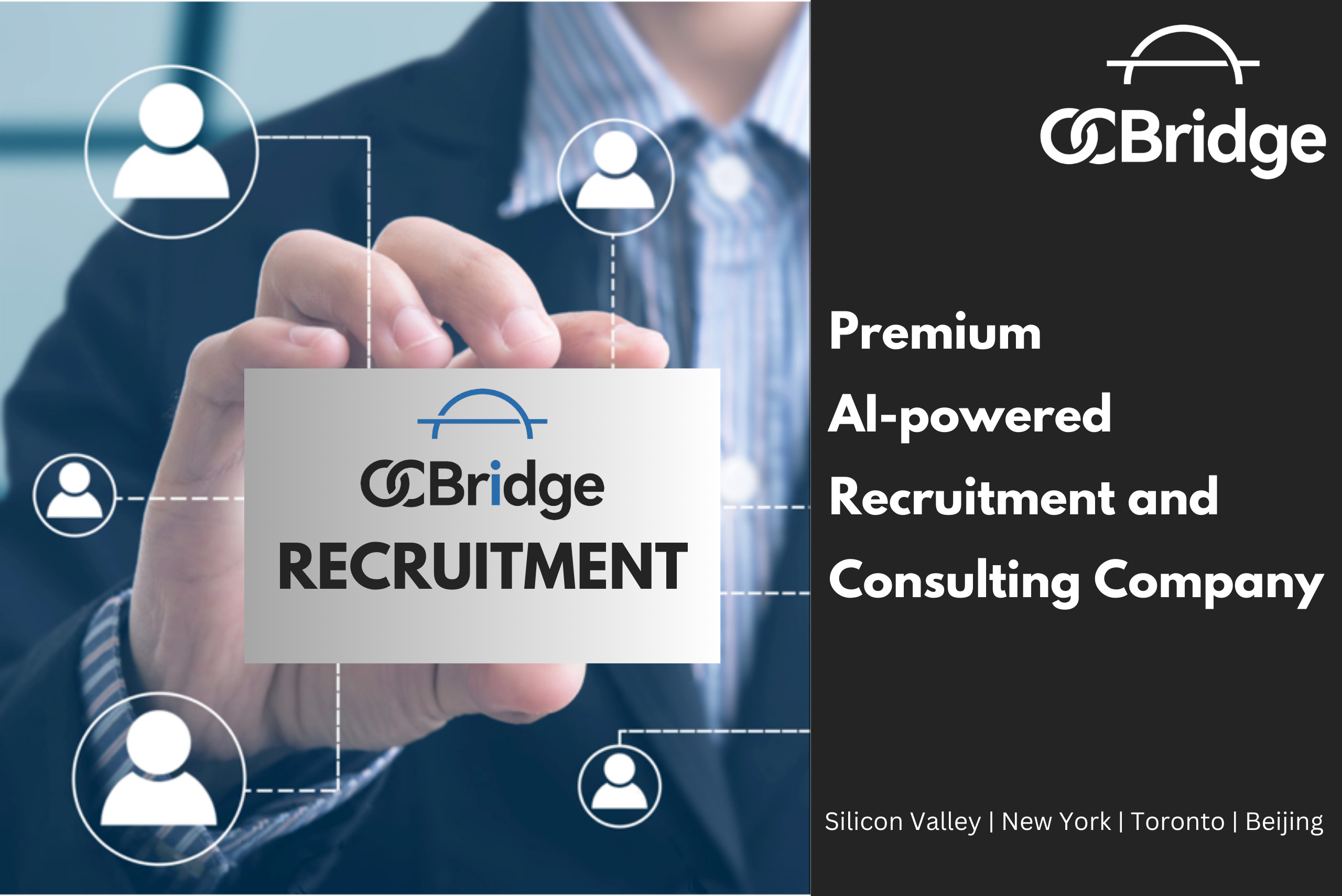March 2025 U.S. Job Market: Strong Growth - But Will Tariffs Derail the Momentum?
The U.S. labor market exceeded expectations in March 2025, adding 228,000 jobs while the unemployment rate held steady at 4.2%. This resilience comes despite mounting economic headwinds. Gains were led by retail (+24,000), logistics (+23,000), and continued expansion in data center operations, where investments in cloud and AI infrastructure are fueling demand for both technical and skilled trades roles. However, beneath the surface, warning signs are emerging—rising input costs, escalating trade tensions, and a growing number of employers pausing hiring. In this update, we break down sector-specific performance for March and highlight key risks as the U.S. heads into a potentially volatile, tariff-driven Q2. These shifts aren’t just economic figures—they influence how businesses plan talent strategies, allocate investments, and manage growth.
1. Manufacturing Employment Stable—For Now
Manufacturing employment was flat in March, according to the Bureau of Labor Statistics. However, ADP’s private-sector data indicates a gain of 21,000 jobs, particularly in small and mid-sized factories. This may signal strength in U.S.-based production and early progress in supply chain localization. That said, stability may be short-lived. New tariffs announced in April have manufacturers bracing for higher input costs and potential retaliatory measures. Many are exploring automation and AI-based systems to maintain productivity without expanding headcount.
2. Logistics and Warehousing Remain Strong
Transportation and warehousing added 23,000 jobs in March, making it one of the month’s leading growth sectors. Strong consumer demand, ongoing inventory restocking, and supply chain optimization continue to drive hiring. However, tariff-related disruptions could cloud the outlook for Q2. With port congestion, shifting sourcing strategies, and more expensive imports, some logistics firms are delaying long-term hiring decisions until trade conditions stabilize.
3. Retail Growth Driven by One-Time Factors
Retail added 24,000 jobs in March—but nearly all of that gain came from the resolution of a major grocery strike, which returned 21,000 workers to payrolls. Core retail demand remained steady, but retailers are approaching Q2 with caution as import tariffs threaten to drive up prices. While consumer spending has yet to contract significantly, the risk of more price-sensitive behavior in the coming months could impact frontline retail hiring if inflation accelerates.
4. Data Center Hiring Surges with AI Investment
The data center industry continued to expand in March, driven by aggressive investments in AI and cloud infrastructure. Amazon’s latest project in Ohio is expected to create over 1,000 direct jobs, with additional employment tied to construction. Meanwhile, OpenAI is hiring for over 20 data center-related roles—including design engineers, operations staff, and site planners—for its ambitious “Stargate” initiative. These trends highlight a strong and sustained demand for talent across engineering, construction, and operational roles in the tech infrastructure space.
Conclusion:
March Was Strong—But April Brings Uncertainty March’s job data points to a labor market still holding strong. But early signals suggest that new tariffs, announced in early April, could create significant headwinds for manufacturing, logistics, and retail in Q2. In contrast, tech infrastructure remains a bright spot, with continued hiring momentum in AI and cloud-related fields. Whether this resilience will continue hinges on how businesses adapt to rising costs and global trade uncertainties. We’ll be monitoring April’s numbers closely and sharing our insights as new trends emerge.
